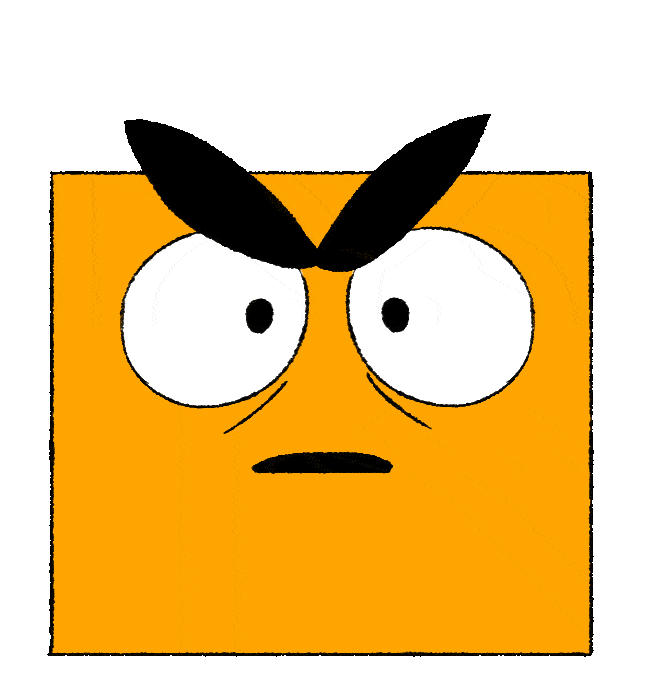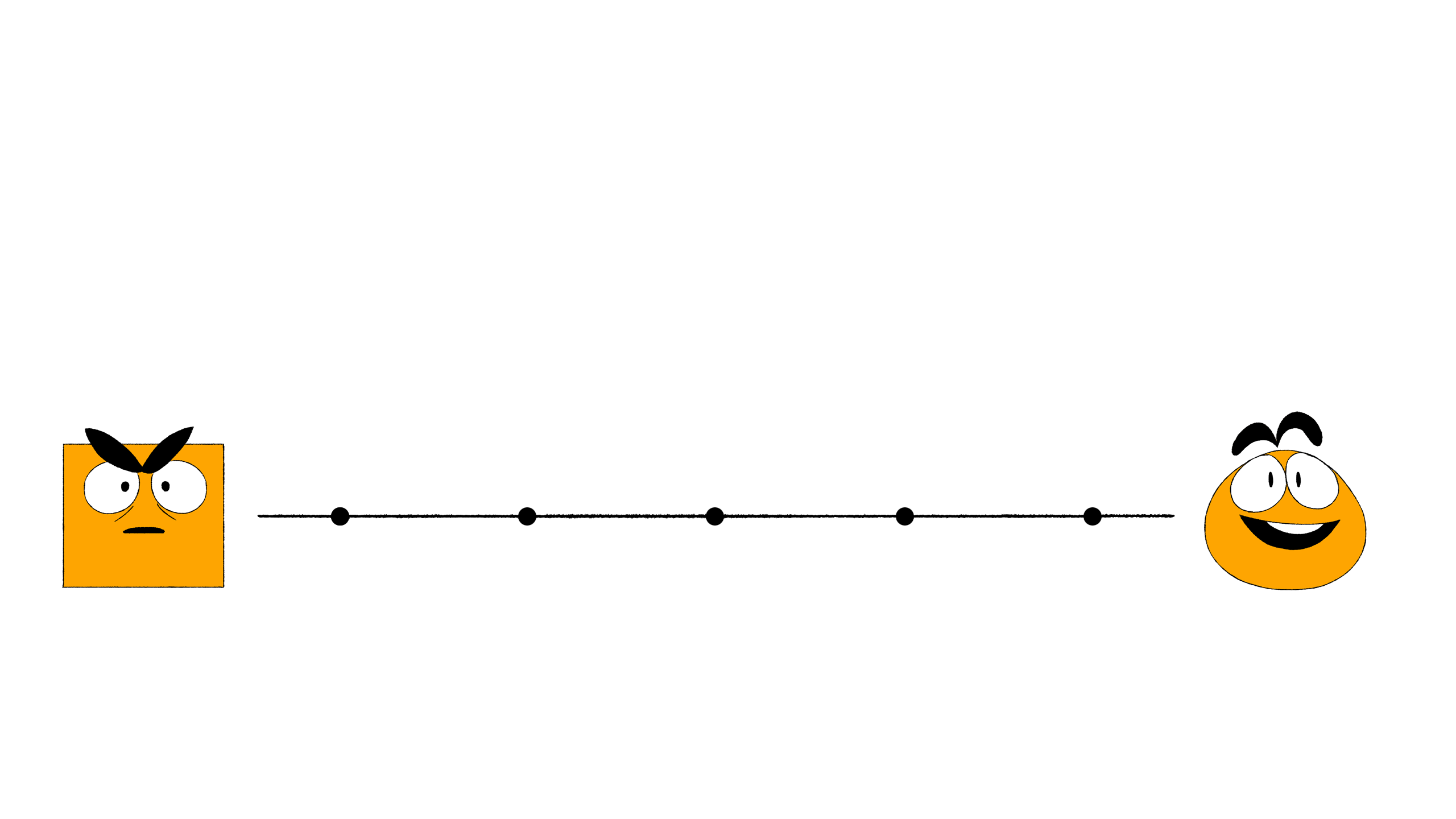Animation Basics - Straight Ahead
Know more
Page 1 - What is straight Ahead
know more about straight ahead animation
Page 2 - How its done
Straight Ahead Animation is a type of animation where animators draw the characters and backgrounds on a sheet of paper and then animate them one step at a time. The animation is usually hand-drawn and involves moving the drawings from frame to frame to create an illusion of movement. The animator also needs to consider the timing of the animation, as well as the motion of the characters in order to create the desired effect.
1. Straight ahead animation | Animation | Computer animation | Khan Academy
Page 3 - Frame by frame
Straight Ahead and Pose-to-Pose Principle | Toon Boom Learn
Page 4 - where its used
Straight-ahead and pose-to-pose animation is often used in cartoons and animated movies. It is an effective way to create fluid and realistic motion. This type of animation is often used to create characters with exaggerated movements and facial expressions, and to create complex action sequences. It can also be used to create complex backgrounds and special effects.
Page 5 Pros and cons
When to Animate with Pose to Pose vs Straight Ahead Action | Animation Advice











